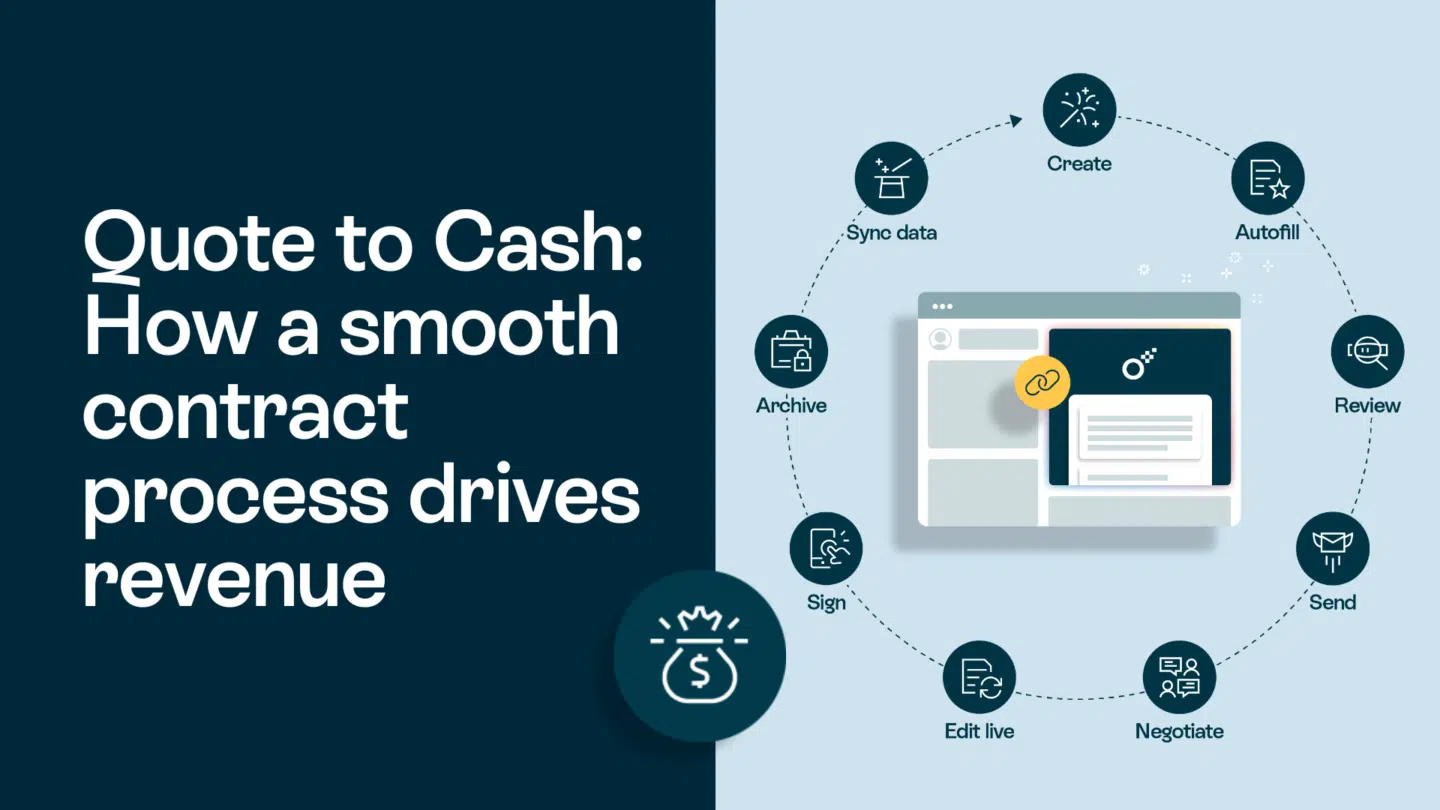Project management is not just about the technical stuff. It’s all about balancing your team’s needs, keeping track of deadlines, and ensuring everyone is on the same page.
Truth to be told, it can be quite a challenge. As a project manager, you always adjust your approach and look for better ways to get things done.
In this article, we’ll review some project management basics and how to apply them in the real world. Keep on reading for more project management help.
What is project management?
Project Management is essentially the discipline of planning, organizing, and guiding a project from start to finish. It’s the art of keeping a project on track, within budget, and aligned with its objectives.
At its core, project management is what helps teams turn ideas into real, tangible results. It’s a blend of solid planning, staying in touch with your team, and being ready to tackle any problems head-on. To enhance project efficiency, incorporating tools such as a task timer can also be beneficial in optimizing time allocation and improving overall productivity.
In practice, project management can look different depending on the project. It could be coordinating a marketing campaign or even designing a software application where you would need to know more than just some software project management basics.
Regardless of the industry, the principles remain the same: define the project’s goals, plan how to achieve them, organize your team and resources, and then guide the project to completion. A great project manager always inspires their team to build something that really matters.
Which industries use project management?
Project management is a key player in various industries, each with its unique challenges and requirements. Here are a few sectors that use project management heavily:
- Construction and Engineering. Here, project managers coordinate with architects, planners, and contractors to ensure projects like residential properties or commercial buildings are completed effectively.
- Finance. In finance, project managers focus on optimizing productivity while keeping costs down. They handle everything from cash flow management to writing invoices, playing a crucial role in the financial health of projects. Additionally, they contribute to the preparation and analysis of important financial reports.
- Insurance. Project managers in insurance are experts in risk management. They use advanced knowledge to mitigate risks and employ technology to track progress and support sound business decisions.
- Advertising. Project managers in advertising ensure campaigns meet KPIs without exceeding budgets. They manage multiple campaigns, focusing on setting goals and budget constraints.
- Technology. In IT, project managers are essential for integrating new technologies into existing systems. They manage budgets and focus on maximizing the return on investment for new tech implementations.
- Healthcare. This industry benefits from project managers who can navigate cost and compliance challenges. They work on diverse projects, from introducing new communication channels to integrating new hospital departments.
- Law. Legal project management has evolved with technology. Project managers in this sector manage budgets, measure legal goals, and work closely with legal professionals to deliver efficient legal services.
- Energy. As the focus shifts to sustainable energy, project managers are at the forefront of developing renewable energy projects, ensuring they meet goals and deadlines.
- Event planning. This industry requires project management to ensure seamless coordination of tasks, timelines, and resources, enabling professionals to efficiently handle various types of events from planning to execution.
This diversity in application demonstrates that basic project management is not just about managing tasks; it’s a versatile skill set that adapts to the unique demands of each industry, making it an invaluable asset for any professional.
What is the project management triangle?
The Project Management Triangle is a handy framework every project manager keeps in their toolkit. Think of it as the balancing act between three key elements: time, cost, and scope.
- Time. This is about deadlines. How quickly does the project need to be done? Keeping an eye on the clock ensures everything runs on schedule.
- Cost. Budget’s the name of the game here. It’s about managing resources effectively to stay within financial limits. Estimating required costs and resources isn’t as easy, especially when it is a complex project.
- Scope. This one’s all about the project’s ‘what’ and ‘how’. What are we aiming to achieve, and how extensive is the work?

Juggling these three aspects is what the basic concept of project management is all about. If you push too hard on one side of the triangle, the other two sides feel the pressure. Need to speed things up? That might mean increasing costs or trimming down the project scope. Dreaming of adding more features? That could stretch your timeline or your budget.
In short, the Project Management Triangle helps project managers navigate their projects’ complexities, ensuring they deliver quality results without overstepping time or budget boundaries.
Popular project management approaches
Project management approaches vary to suit different project requirements and organizational styles. For instance, in software development, using Jira story templates can streamline the process of creating user stories and tasks, ensuring clarity and consistency across the team.
Let’s explore four popular approaches:
Product-based planning
Product-based planning is centered around the outputs and deliverables of a project. It’s particularly effective for projects aimed at launching a product or service, guiding it from the initial idea through to completion and sales.
Process-based planning
Process-Based Planning aligns all project activities with the organization’s core objectives. Here, the project manager ensures that every aspect of the project contributes to and aligns with the business’s values and goals.
Phased approach to product management
The Phased Approach to Product Management breaks the project into distinct stages due to external constraints. Each stage follows the project management life cycle steps, making it ideal for small, well-defined projects.
Read also: How to write a project proposal?

Project production management
Project Production Management applies operations science theories and principles to enhance project delivery. This data-driven approach uses activity data to forecast limits and set realistic achievement levels, optimizing the project delivery process.
Best practices
Effective project management involves more than just following a process; it’s about employing best practices that ensure projects run smoothly and achieve their objectives. These practices, universal across various industries and projects, offer a framework for success.
Project management software basics
Using software for project management is the foundation to ensure successful outcomes. These tools offer a centralized platform for organizing tasks, monitoring project progress, and facilitating team communication.
Advanced features like customizable dashboards and in-depth reporting help project managers stay ahead, providing real-time insights and aiding in strategic planning and forecasting.
Read also: How to write a project budget proposal?

Maintain a flexible schedule
Adaptability in scheduling is crucial to managing unforeseen changes, even in simplified project management. For example, using tools like an AI schedule maker can significantly enhance your team’s ability to manage their time and resources, adapting to the dynamic nature of basic project timelines. Establishing a balance between flexible and fixed deadlines allows project managers to navigate delays without derailing the project. This approach ensures that critical deadlines are met while providing leeway for adjustments as the project evolves.
Tailor communication strategies
Effective communication tailored to stakeholder preferences is key. This involves establishing clear communication channels and frequencies through regular meetings, updates, or digital platforms. It ensures everyone involved is informed and engaged, fostering a collaborative environment.
Monitor key metrics
Measuring success through key performance indicators is one of the basics of project management. Setting and tracking specific, measurable goals throughout the project lifecycle allows for a clear assessment of progress and outcomes. This practice helps demonstrate the project’s impact and value, ensuring alignment with overall objectives.
Read also: What is matter management software? – and how can it help your business?

Create milestones
Consider creating milestones based on the project goals. Let’s say the project is a 3-month content marketing campaign for the online store, and the goal is to increase website visits by 80% and conversion rate from blog content by 200%. Milestone number one could be auditing other Shopify blog examples in the same niche and making a competitive analysis, having 20 pieces of content outlined and 5 pieces ready for publication.
Divide the project into approximately 4 milestones (or 5 to 7 for a bigger project) and create a detailed plan only for the first one. The rest of the project can be planned in broad strokes at this stage.
If you get the first milestone and figure out, for example, that videos are attracting visitors and converting way better than long articles, you can plan the next milestone accordingly.
Key takeaways
Understanding project management is essential for junior managers aiming for success across various fields such as IT, construction, and healthcare. The core of project management involves strategic planning and efficient resource management. A key skill is balancing the critical elements of time, cost, and scope (Project Management Triangle).
Adopting specific methodologies tailored to the unique needs of each project is necessary. Along with this, embracing best practices is crucial. These include leveraging software solutions, ensuring flexible schedules, maintaining clear and effective communication, and monitoring key metrics to gauge project performance and progress.
Together, these strategies aim to achieve project goals and make the execution process more efficient, establishing project management as an indispensable skill for success.







